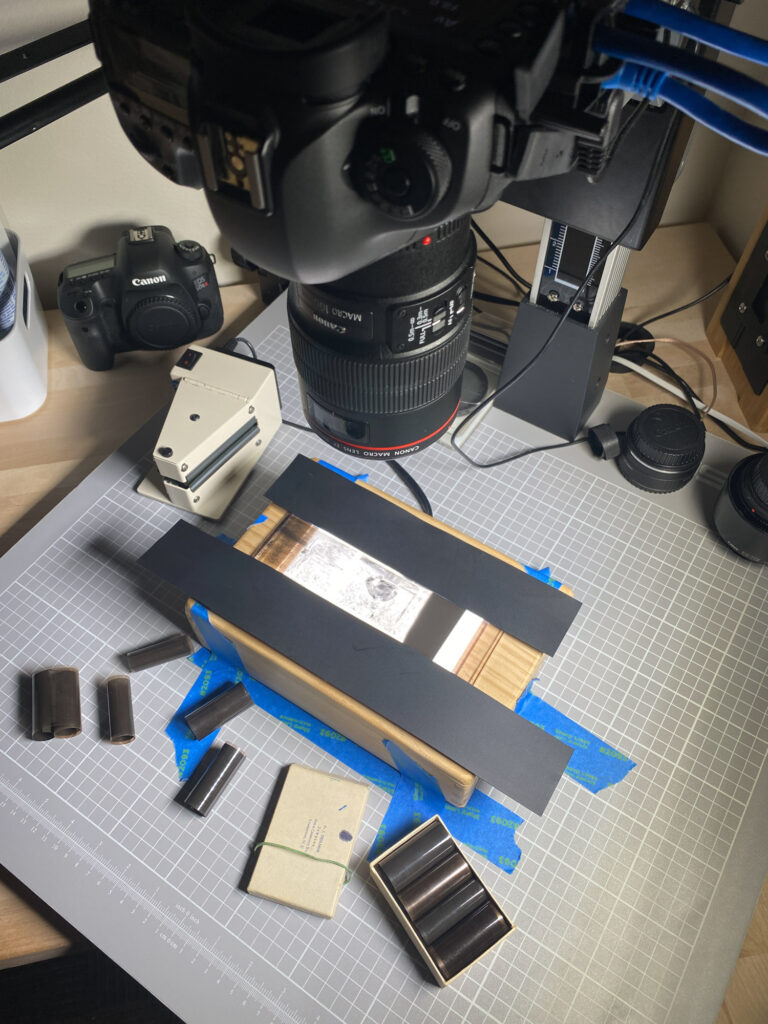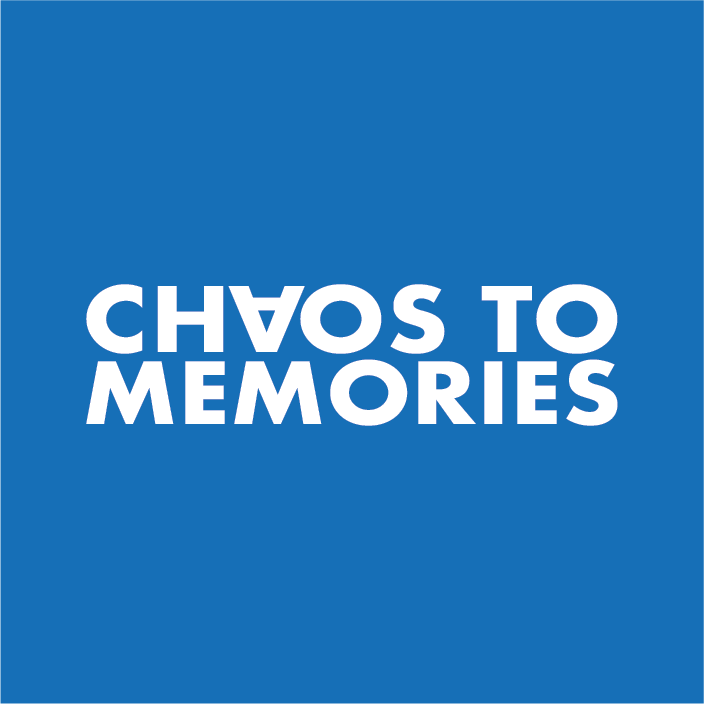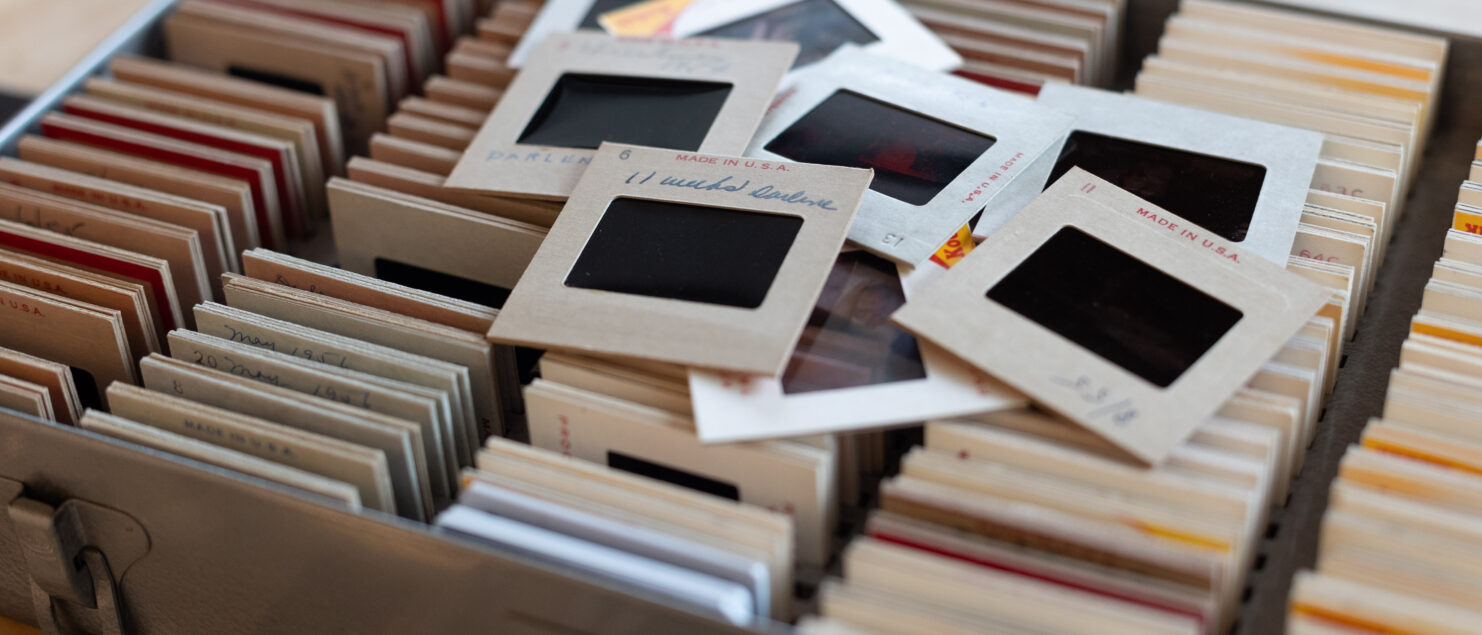How to Clean Slides and Negatives
Scanning slides and negatives yields incredible results, but even a spec of dust can leave a large mark on a digital image. Therefore, it’s important to clean slides and negatives as thoroughly as possible before scanning, but you also have to be gentle to preserve the original.
We use a variety of professional tools and the following systematic process to clean slides and negatives before we scan them.
Gloves
We wear nitrile gloves any time we handle photo materials including slides and negatives because we don’t want to transfer skin oil, dirt, or other debris to the photos. A single fingerprint can permanently damage a slide or negative, so it’s important to protect the original.
Anti-Static Brush
We start the cleaning process with an anti-static brush from Kinetronics. These excellent brushes dissipate static and physically dislodge dust, hair, and other debris.
Bulb Blower
A quick squeeze of a bulb blower emits a burst of air that dislodges dust, hair, and debris from slide or negative. This inexpensive tool and simple technique is surprisingly effective. We don’t use cans of compressed air because they contain chemical propellants that can cause damage if held too close or at the wrong angle.

Kinetronics StaticVac
Our favorite tool for cleaning slides and negatives is the Kinetronics StaticVac. This little device packs a three-in-one punch, combining four anti-static brushes to dislodge contaminants, an ionizer to disperse static electricity, and a vacuum to pull dust and debris off the film and into the filter. The StaticVac is pretty expensive at about $650USD, but totally worth it for us given the volume of slides and negatives we scan. We have one of these devices at each scanning station and rely on them every day.
Chemical Film Cleaners
Sometimes slides and negatives are so dirty they require a more aggressive cleaning. Some of the most common issues we see are adhesive residue on negatives and heavy dust on slides. In these situations we use a PecPad cleaning cloth with a fast-drying chemical cleaner such as Pec-12 or Edwal. With any new film or film cleaner, test your cleaning technique on a less important image to ensure you don’t damage the emulsion and make the problem worse.
Mold
If your slides or negatives have mold on them, realize that mold almost always causes permanent damage that cannot be removed. Your best option in this situation is to scan the image immediately before the mold grows and then complete digital restoration. If you cannot scan the slide or negative immediately, then store them in plastic storage bags and freeze them. You can’t reverse mold damage, but you can pause it with freezing until you have time to scan them.
Remounting Slides
Sometimes slides are so dirty that they trap debris between the slide mount and the film. Another common cleaning problem is slides encapsulated in glass mounts. In both situations, it’s usually advisable to remove the slide film from the original mount, clean them physically and chemically, and remount them in new, clean slide mounts. This is tedious work, but sometimes it’s the only way to clean a slide and get a great scan of the image.
Dust is the most challenging aspect of archival scanning of slides and negatives. These expert cleaning tips will help you prepare your photos to get the best results.
Interested in working with Chaos to Memories?
If you’re near Chicago and ready to get started, come visit our Wheaton Studio Monday – Friday, 10-5. Please bring your memories with you.
Contact us for more information, shipping instructions, and to get started on your project.

